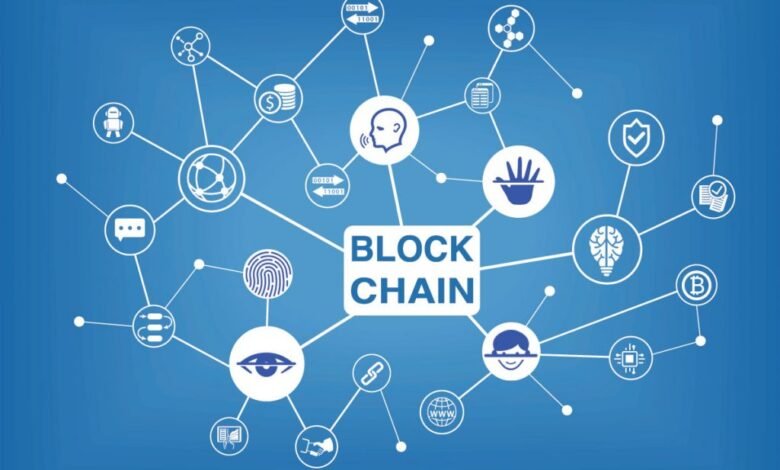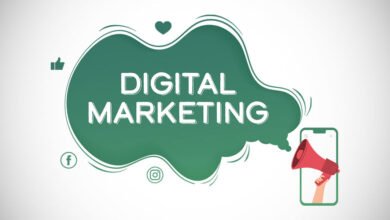Blockchain for Social Good: How this Technology is Transforming the Non-Profit Sector

Blockchain technology is transforming the non-profit sector, bringing new possibilities for transparency, accountability, and efficiency. In this article, we will explore how blockchain for social good and how it is changing the way non-profit organizations operate.
-
What is Blockchain Technology?
Blockchain is a decentralized ledger that records transactions across a network of computers. It allows participants to keep track of their transactions in a secure and transparent manner, without the need for intermediaries like banks or government institutions. Each block in the blockchain contains a cryptographic hash of the previous block, creating a chain of blocks that cannot be altered or deleted without consensus from the network.
-
How Blockchain is used in the Non-Profit Sector
One of the main challenges facing non-profit organizations is the lack of transparency and accountability. Donors want to know where their money is going and how it is being used. Blockchain technology can help solve this problem by providing a transparent and immutable record of all transactions.
For example, the United Nations World Food Programme (WFP) is using blockchain to provide food aid to Syrian refugees. The WFP has created a blockchain-based platform that allows refugees to purchase food from local merchants using biometric identification. This ensures that the aid goes directly to those who need it and eliminates the risk of fraud or corruption.
-
Blockchain and Fundraising
Blockchain technology is also transforming the way non-profit organizations raise funds. Traditional fundraising methods often involve high fees and long processing times. With blockchain, donations can be made directly to the organization without the need for intermediaries.
Several blockchain-based platforms have emerged that allow donors to give directly to non-profit organizations. One such platform is Giveth, which uses smart contracts to ensure that donations go directly to the intended recipient. Donors can track their donations and see how they are being used in real-time.
-
Blockchain and Supply Chain Management
Another area where blockchain is being used for social good is in supply chain management. Blockchain can provide a transparent and tamper-proof record of the journey of goods, from production to delivery. This is especially important in industries like agriculture, where there is a high risk of fraud and exploitation.
The FairChain Foundation is using blockchain to create a fair and transparent supply chain for coffee farmers. The foundation has created a blockchain-based platform that allows consumers to track their coffee from the farmer to the roaster. This ensures that farmers receive a fair price for their coffee and that the coffee is produced sustainably.
-
Challenges and Limitations
While blockchain has the potential to revolutionize the non-profit sector, there are also several challenges and limitations. One of the main challenges is the lack of technical expertise and infrastructure. Many non-profit organizations do not have the resources to implement blockchain technology on their own.
Another challenge is the issue of scalability. Blockchain transactions can be slow and expensive, which could be a barrier to adoption for non-profit organizations with limited resources.
Read More:Blockchain Technology: The Future of Business Transactions in2023
-
Conclusion
In conclusion, blockchain technology is transforming the non-profit sector, providing new possibilities for transparency, accountability, and efficiency. By using blockchain, non-profit organizations can provide a transparent and tamper-proof record of their transactions, ensure that donations go directly to those who need it, and create fair and sustainable supply chains. While there are challenges and limitations, the potential benefits of blockchain for social good are immense. As such, non-profit organizations should explore how blockchain can be used to further their missions and goals.
FAQs:
- What is blockchain technology and how does it work? Blockchain is a decentralized ledger that records transactions across a network of computers. Each block in the blockchain contains a cryptographic hash of the previous block, creating a chain of blocks that cannot be altered or deleted without consensus from the network.
- How is blockchain being used in the non-profit sector? Blockchain technology is being used in the non-profit sector to increase transparency, accountability, and efficiency. It is being used for supply chain management, fundraising, and aid distribution, among other applications.
- How can blockchain increase transparency in the non-profit sector? Blockchain technology provides a transparent and tamper-proof record of all transactions. This can help increase transparency by providing a clear record of how donations are being used and how aid is being distributed.
- Can blockchain help prevent fraud and corruption in the non-profit sector? Yes, blockchain technology can help prevent fraud and corruption in the non-profit sector by providing a transparent and immutable record of all transactions. This can help ensure that donations go directly to those who need it and that aid is distributed fairly and without corruption.
- What are some examples of non-profit organizations using blockchain technology? The United Nations World Food Programme is using blockchain technology to provide aid to Syrian refugees. The FairChain Foundation is using blockchain to create a fair and transparent supply chain for coffee farmers. Giveth is a blockchain-based platform that allows donors to give directly to non-profit organizations.
- Are there any challenges or limitations to using blockchain in the non-profit sector? Yes, there are several challenges and limitations to using blockchain technology in the non-profit sector. These include the lack of technical expertise and infrastructure, as well as issues with scalability and high transaction fees.












One Comment